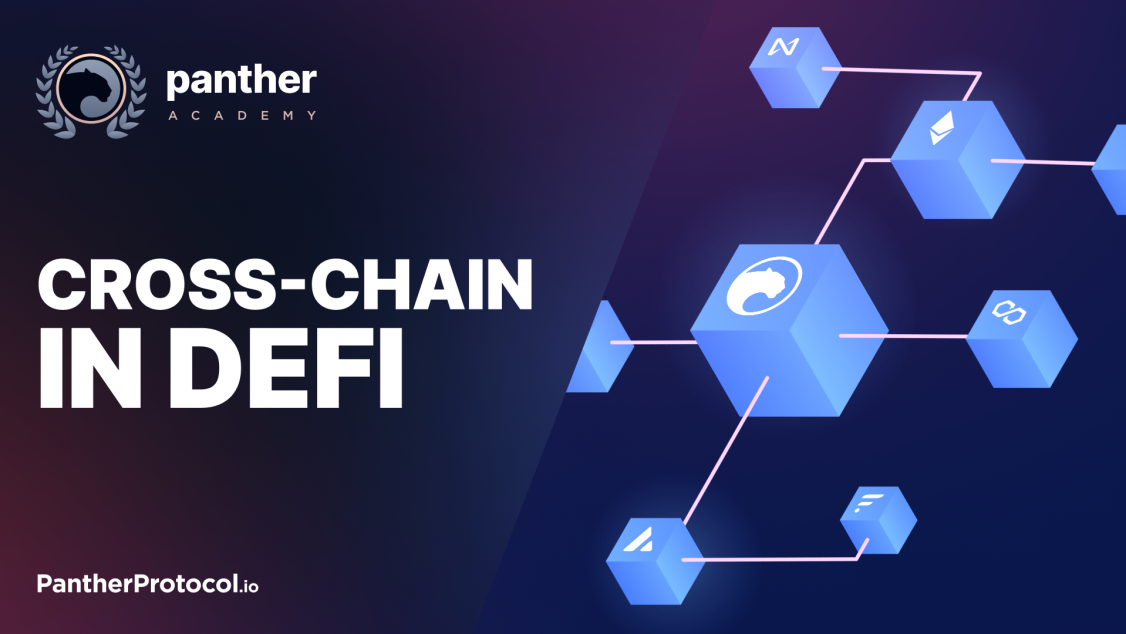
Bridging Smart Contracts to Real-World Data: Unveiling Chainlink (LINK)
In the realm of blockchain and smart contracts, Chainlink (LINK) has emerged as a pivotal player, offering a solution to one of the fundamental challenges – connecting blockchain networks with real-world data. Let’s explore how Chainlink achieves this and its impact on the broader blockchain ecosystem.
The Need for Real-World Data in Smart Contracts
Smart contracts operate on blockchain networks and execute predefined actions based on certain conditions. However, to make these contracts truly powerful and versatile, they need access to real-world data, ranging from stock prices and weather conditions to sports scores and more. This is where Chainlink comes into play.
Chainlink’s Oracle Network
Chainlink functions as a decentralized oracle network, acting as a bridge between smart contracts and real-world data. Oracles in the Chainlink network are responsible for fetching and verifying external data, ensuring its accuracy and reliability before delivering it to smart contracts. This process is crucial for maintaining the integrity of decentralized applications (DApps) and ensuring their outputs are based on accurate information.
Decentralization and Security
Chainlink’s approach to oracles emphasizes decentralization to enhance security. By distributing data retrieval and verification across a network of nodes, Chainlink reduces the risk of a single point of failure or manipulation. This decentralized oracle network aligns with the core principles of blockchain technology, providing tamper-resistant and trustworthy data for smart contracts.
LINK Token and Incentive Mechanisms
The native cryptocurrency of the Chainlink network is LINK. LINK plays a pivotal role in incentivizing node operators to perform their duties accurately and efficiently. Node operators are required to stake LINK as collateral, and in return, they earn rewards for providing accurate data. This incentive mechanism encourages the proper functioning of the Chainlink oracle network.
Use Cases and Adoption in DeFi
Chainlink’s impact extends across various industries, but it has particularly gained prominence in the decentralized finance (DeFi) space. DeFi applications rely on accurate and timely data for functions like price feeds, lending, and derivatives. Chainlink’s secure and decentralized oracle network has become a go-to solution for many DeFi projects, enhancing the reliability of financial transactions on the blockchain.
Integration with Blockchain Platforms
Chainlink is blockchain-agnostic, meaning it can integrate with various blockchain platforms. This versatility has led to widespread adoption, with Chainlink oracles supporting smart contracts on Ethereum, Binance Smart Chain, Polkadot, and more. The ability to seamlessly integrate with different blockchains contributes to Chainlink’s position as a key player in the broader blockchain ecosystem.
Challenges and Continuous Improvement
While Chainlink has demonstrated its value, challenges such as ensuring the security of oracle networks and preventing data manipulation remain. The team behind Chainlink continues to work on enhancing the protocol’s security and efficiency through regular updates and improvements. This commitment to continuous development is essential for maintaining trust in the Chainlink ecosystem.
Educational Resources for Chainlink Enthusiasts
For those eager to delve into the world of Chainlink (LINK) and understand its intricacies, educational resources play a crucial role. Platforms like www.itcertswin.com offer



